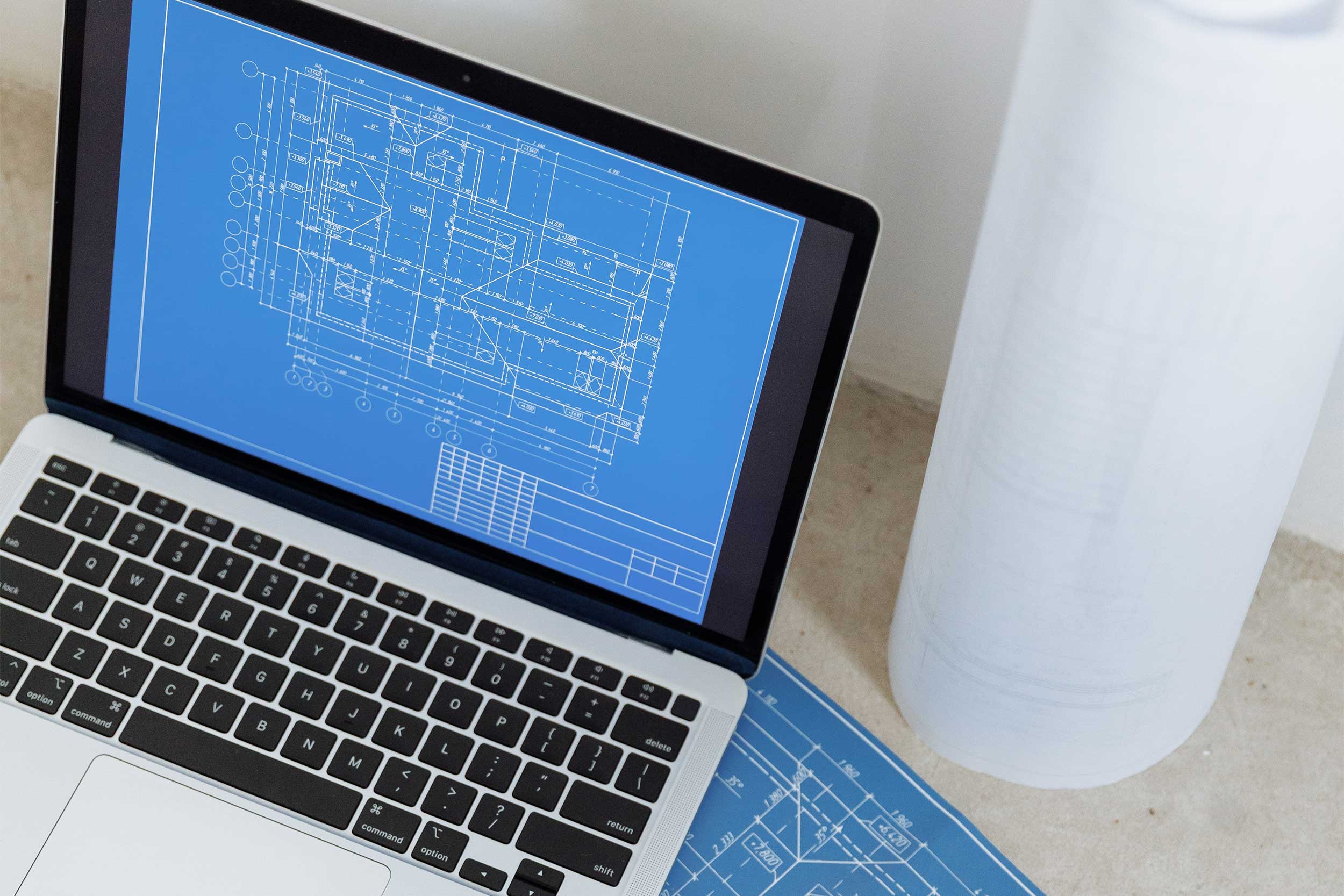Did you know that government tax deductions may be available for architectural research and development (R&D)? It’s likely that you’ll qualify for R&D Tax Credit if you’re working on research, customized software development, complex testing, or ‘out of the box’ design implementation.
The field of architecture is always evolving and experimenting with new materials and technology. Each new initiative has the potential to qualify for R&D tax reduction. The majority of the R&D occurs during the design stages of an architectural project, which are often complex and technologically advanced. Other challenges like trying to find a more cost-effective way to attain a given goal or resolving site-specific issues are also indications that your project qualifies for the tax credit.
How can an Architecture Company qualify for the R&D Tax Credit?
Most in the architecture industry don’t consider their projects would meet the criteria of the R&D tax credit. Due to this, many architects ignore the credit and the benefits it can deliver. The first step in claiming the R&D tax credit in architecture is to determine how many valid R&D activities are being conducted.
Here are a few examples of architectural projects that would be eligible:
- Sustainable architectural development
- Creating designs that are energy efficient
- Using innovative 3D printing technologies
- Making elevation drawings for planning purposes
- Development of algorithms and workflows for digital design
- Creating a site plan that accommodates or incorporates site elements
- Developing computer-aided design (CAD) modeling and testing to evaluate designs
Applying the Four-Part Test
- Permitted Purpose – Requires the project an activity that results in a new or better business function, performance, dependability, or quality component.
- Elimination of Uncertainty – Designed to gather data to eliminate uncertainty about capability, method, or design.
- Process of Experimentation – Implementation of a comprehensive method for identifying and evaluating potential solutions to attain the desired outcome
- Technological in Nature – The process of experimentation must rely on the hard sciences such as chemistry, biology, computer science, or engineering.
How can KPT Consulting help?
Because of the complex nature of the R&D Tax Credit, it is recommended for companies to collaborate with experts that have substantial knowledge. The most difficult component of getting this tax credit is determining what activities would qualify. KPT Consulting is made up of competent experts to assist you with identifying the qualified activities and proving your claim.
Interested to learn more? Contact us for more information!




